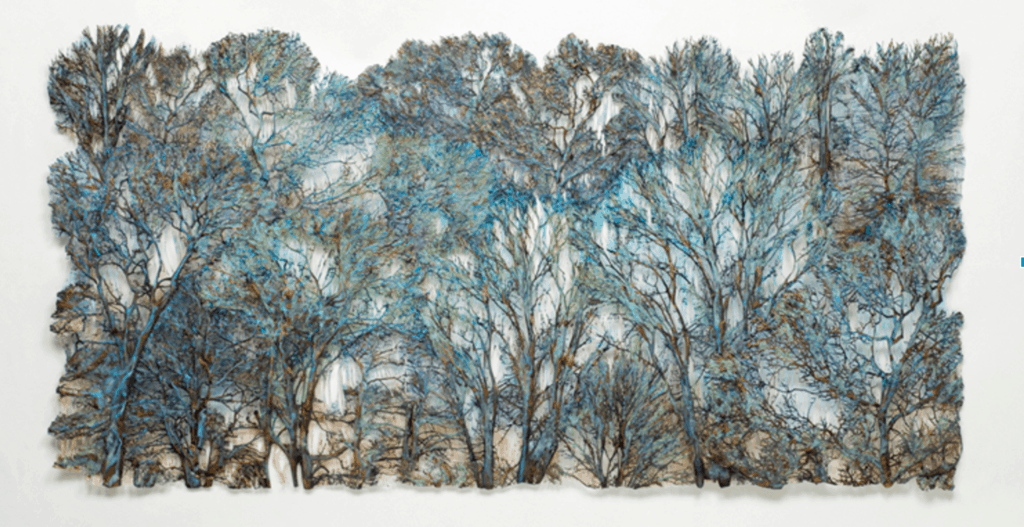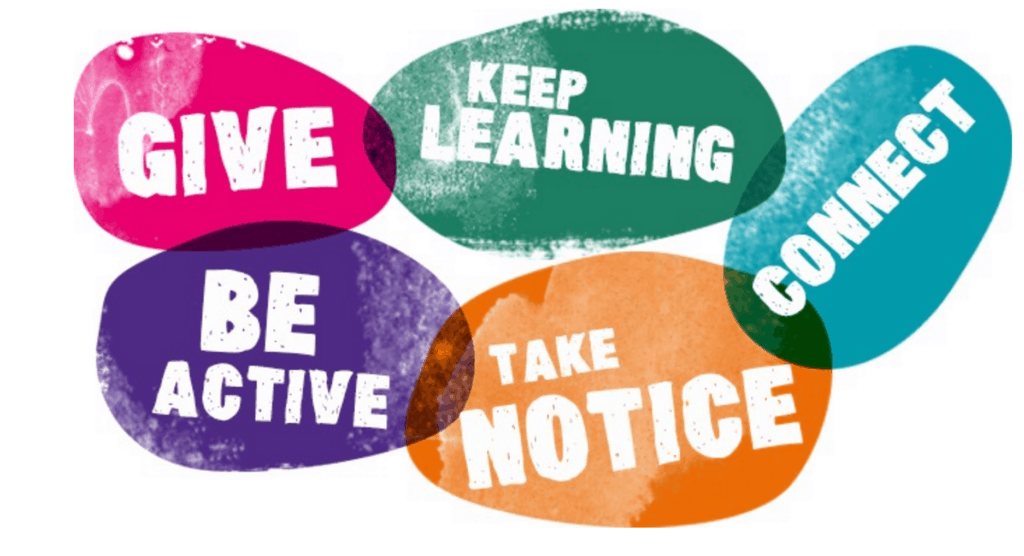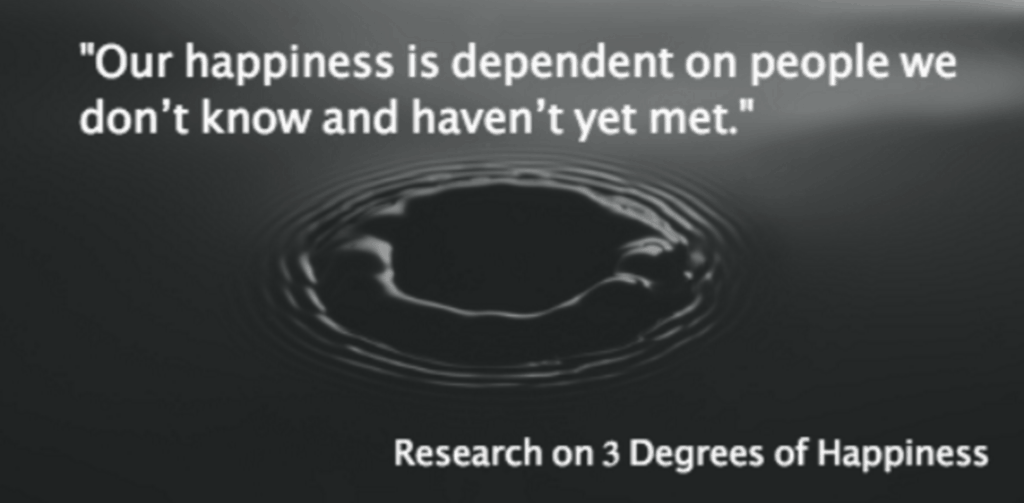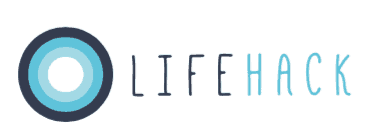Designing for Wellbeing: Reflecting on unexpected insights
by Sam Rye, former co-lead at Lifehack
 What would happen if we took 290 students from a third year design paper, and focused the brief on Everyday Wellbeing?
What would happen if we took 290 students from a third year design paper, and focused the brief on Everyday Wellbeing?
In 2015 I was part of the Lifehack crew which teamed up with Massey University’s School of Design, to do something a bit different for their students.
We’ve just released an Impact Report for this initiative, which you can download here.
Instead of focusing primarily on design skills (such as graphic design, textiles or documentary photography) and then applying them to a topic area, we started with the topic area — Everyday Wellbeing — and asked them to investigate an area of Wellbeing they wanted to make a difference on.
Traditionally there hasn’t been much opportunity for Fashion students to meet Industrial designers, or Photography students to meet the Visual Communication students. However this design challenge operated school-wide with ‘Ex-change’ sessions, sparking some interesting conversations as early as week two of the twelve week paper.
During the ‘Ex-change’ session (which enables students from across the different departments to meet and share their early research topics), I heard something provocative:
The process of designing a wellbeing project had the potential to improve the wellbeing of the designer, not just the people she was designing for.
This is profound. I wish I’d thought of it first.
“I want to create a textiles project with designs inspired by nature which slows me down, makes me take notice of what I need to do — techniques like beading and hand stitching. The wellbeing part is as much about the process as it is the outcome.”
 Fashion inspired by nature
Fashion inspired by nature
To back this hunch of the student, there’s significant evidence that creative self expression improves subjective wellbeing — including this example from Aoteaora NZ about kapa haka (PDF). The student also mentioned she’d been looking into mindfulness (proven to improve wellbeing) and been applying it to her own design process.
THE FUTURE OF DESIGN
More of us than ever before are involved in the design of products, services, projects, systems, spaces and experiences.
Design is being democratised as people recognise that ‘Ivory Castle’ creative approaches where a small collection of Designers create for people, doesn’t necessarily have as good outcomes as projects which involve people in the process — a more participative design approach. This is especially true when it comes to complex social problems.
As more people become involved in the development of the products, services and systems which our human world functions around, more people are beginning to understand and apply Design.
Trends are pretty self evident here — look at the explosion and popularising of human-centered-design, the rapid rise of entrepreneurship around the world, the re-emergence of cottage industry powered by the likes of Kickstarter, or even programmes such as +Acumen which support the world’s poorest to build their capacity in design and provide them with micro-loans to support them to launch a business.
How could we improve the design process so the designer experiences an increase in wellbeing?
Let’s take a look at it from the 5 Ways to Wellbeing perspective…
 Connect: we can make most design processes more collaborative — introducing people from a variety of backgrounds and skills. The early phases of the design process could include trust building exercises and time for people to build relationships, not just talk about the project at hand.
Connect: we can make most design processes more collaborative — introducing people from a variety of backgrounds and skills. The early phases of the design process could include trust building exercises and time for people to build relationships, not just talk about the project at hand.
Keep Learning: more and better quality reflective exercises could be built into the process, such as ‘cognitive dissonance’ — how does this challenge what I think I know about the world?
Give: spending time with the people you’re designing with and sharing your knowledge and experiences with them could be a way of increasing a sense of generosity in the design process. Likewise designers can also give back to their communities through volunteering — such as at a Lifehack Weekend, or through your regional volunteer centre.
Be Active: breaking away from desk research, and getting out to do more observational & ethnographic design research can be a great way to increase activity. Instead of doing empathy interviews sitting in a cafe, designers could plan a walking meeting? Or perhaps taking a more anthropological research approach, you might get involved in a physical sport if you seek to better understand people playing it.
Take Notice: mindfulness is a great gateway activity to ‘noticing more’ — building this into a creative process at various stages can increase a designer’s ability to listen, hear, feel, smell, and taste (as well as increasing their wellbeing). Experiencing at this level can bring a much deeper empathy for the people you’re designing with — many people talk about dropping into a ‘flow state’ when they engage in this regularly, which is one of the foundational pieces of research in the positive psychology field. Check out this book for more information, or watch this TED talk: Mihaly Csikszentmihalyi—Flow, the secret to happiness
A COMMUNITY OF PEOPLE DESIGNING WELLBEING PROJECTS
Over at Lifehack, we’re paying a lot of attention to how we can best design products, services, experiences and systems which improve wellbeing. We’ve been on a journey to collate cutting-edge research from a variety of disciplines to help people better understand what makes up wellbeing, to be able to design effectively for it.
Our work looks at some of the unique complexities of doing this kind of design, such as Quality, Safety, Ethics, Rigour and Responsibility. We’re currently developing a design process to share with people around Aotearoa New Zealand. If you’re interested to hear more, sign up for the newsletter to hear when it’s released.
The Lifehack vision is 100% young people flourishing in Aotearoa New Zealand, so we’re going to need more people working on wellbeing if we’re going to get there. We recently released our first major Impact Report which outlines what we’ve learnt so far about making that happen, and the opportunities for the coming years.
HERE’S THE GOOD NEWS
Awhile ago a report was released which looked at the spread of happiness through people’s social networks (both digital and non-digital kinds). It found that happiness ripples through these networks up to three degrees from the source, which implies that our happiness is dependent on people we don’t know and haven’t met.
 So, if we have more people improving their wellbeing through design, AND designing projects to improve wellbeing, then the potential for a movement to grow — and lives to improve — can happen faster than we previously thought…
So, if we have more people improving their wellbeing through design, AND designing projects to improve wellbeing, then the potential for a movement to grow — and lives to improve — can happen faster than we previously thought…
Want to get involved or learn more? Check out Lifehack.
THE IMPACT REPORT FROM THE MASSEY DESIGN CHALLENGE
We have just released the Wellbeing Design Challenge Impact Report which goes into much more detail about the outcomes of the challenge, our next experiments, and the design of the challenge itself.
Download the report here, and the facilitator’s guide and worksheets here.
Links to key parts of this article:
3 degrees of happiness research article

 Fashion inspired by nature
Fashion inspired by nature